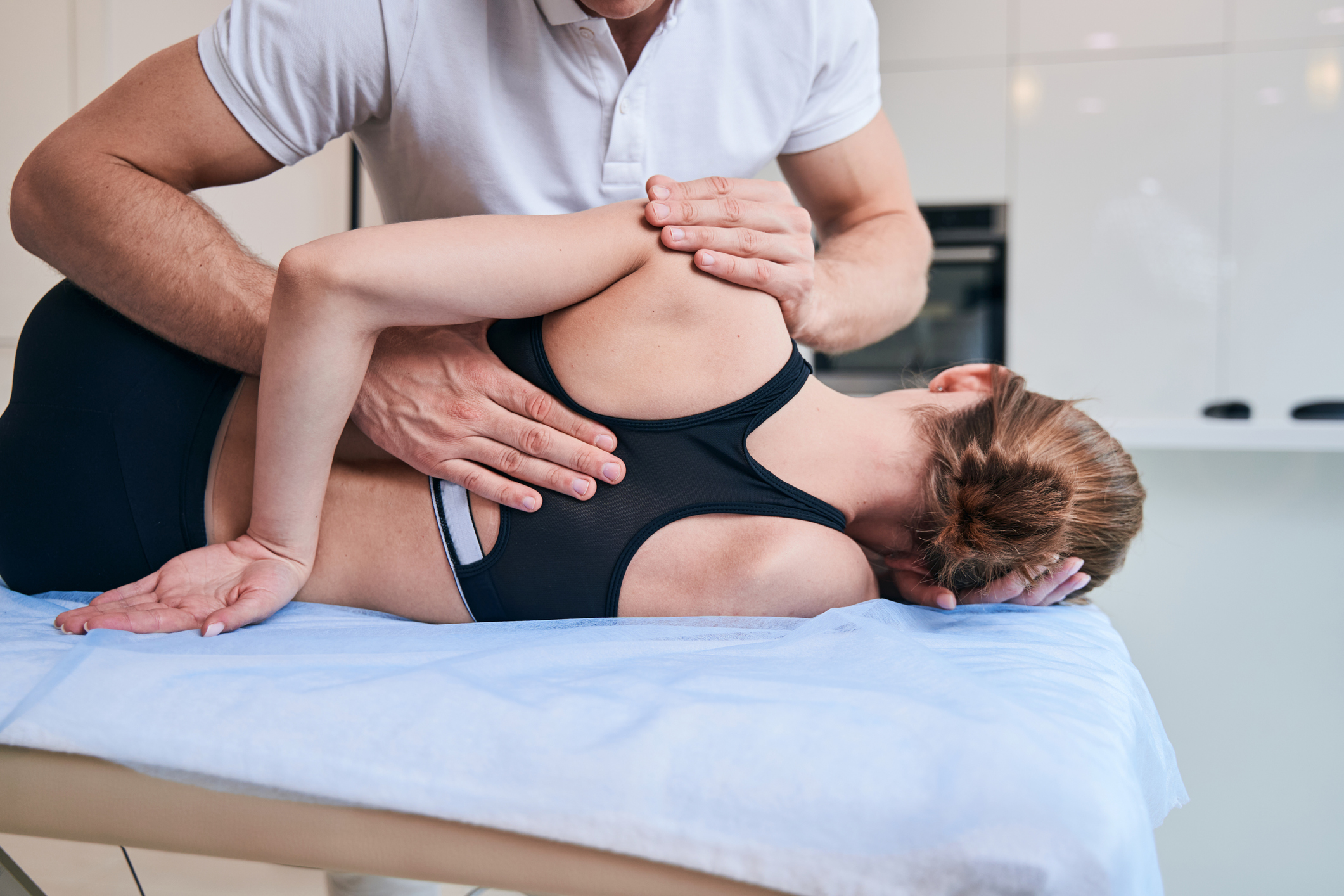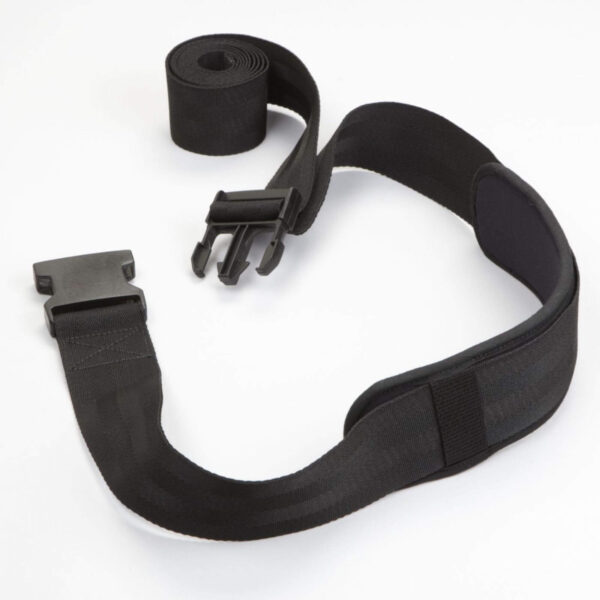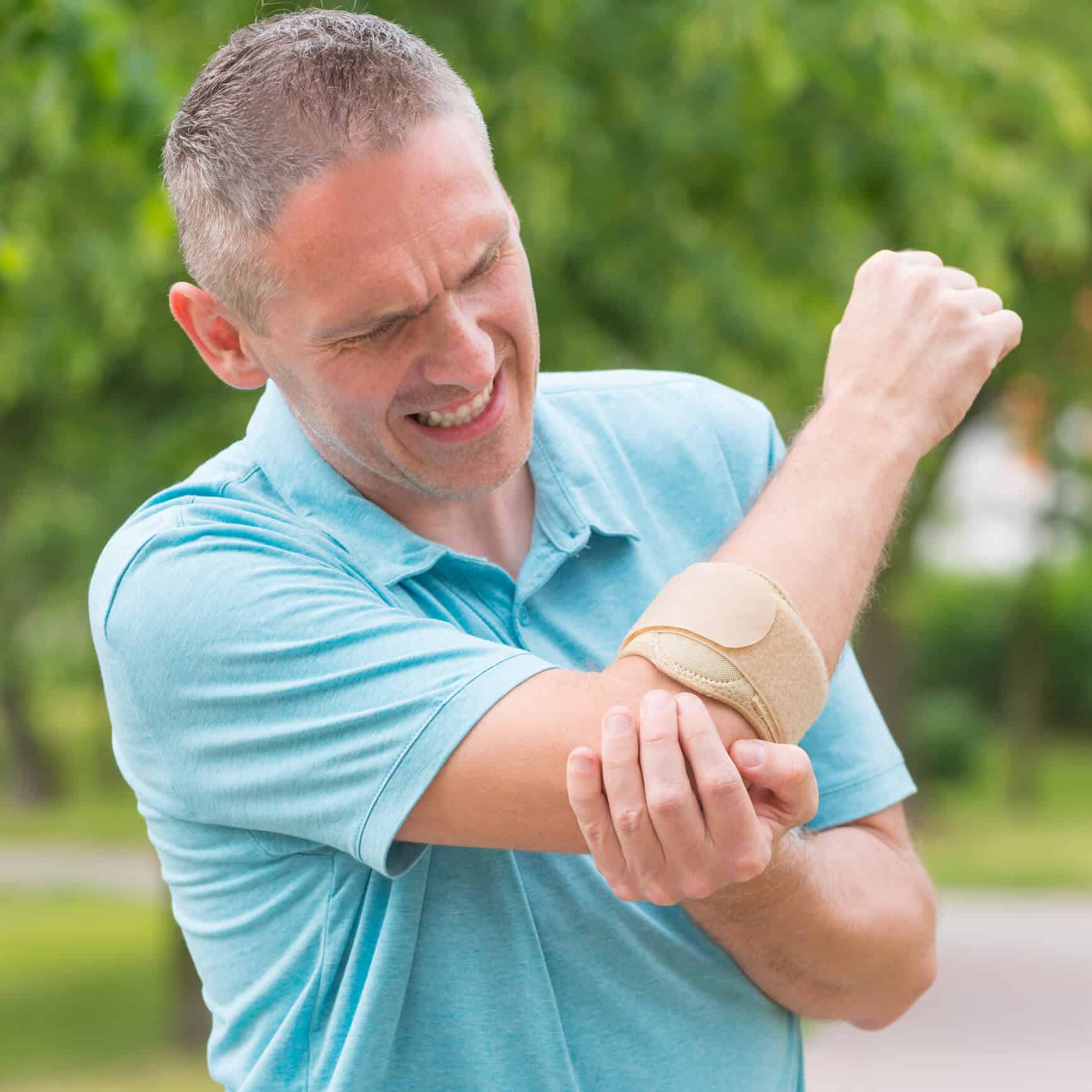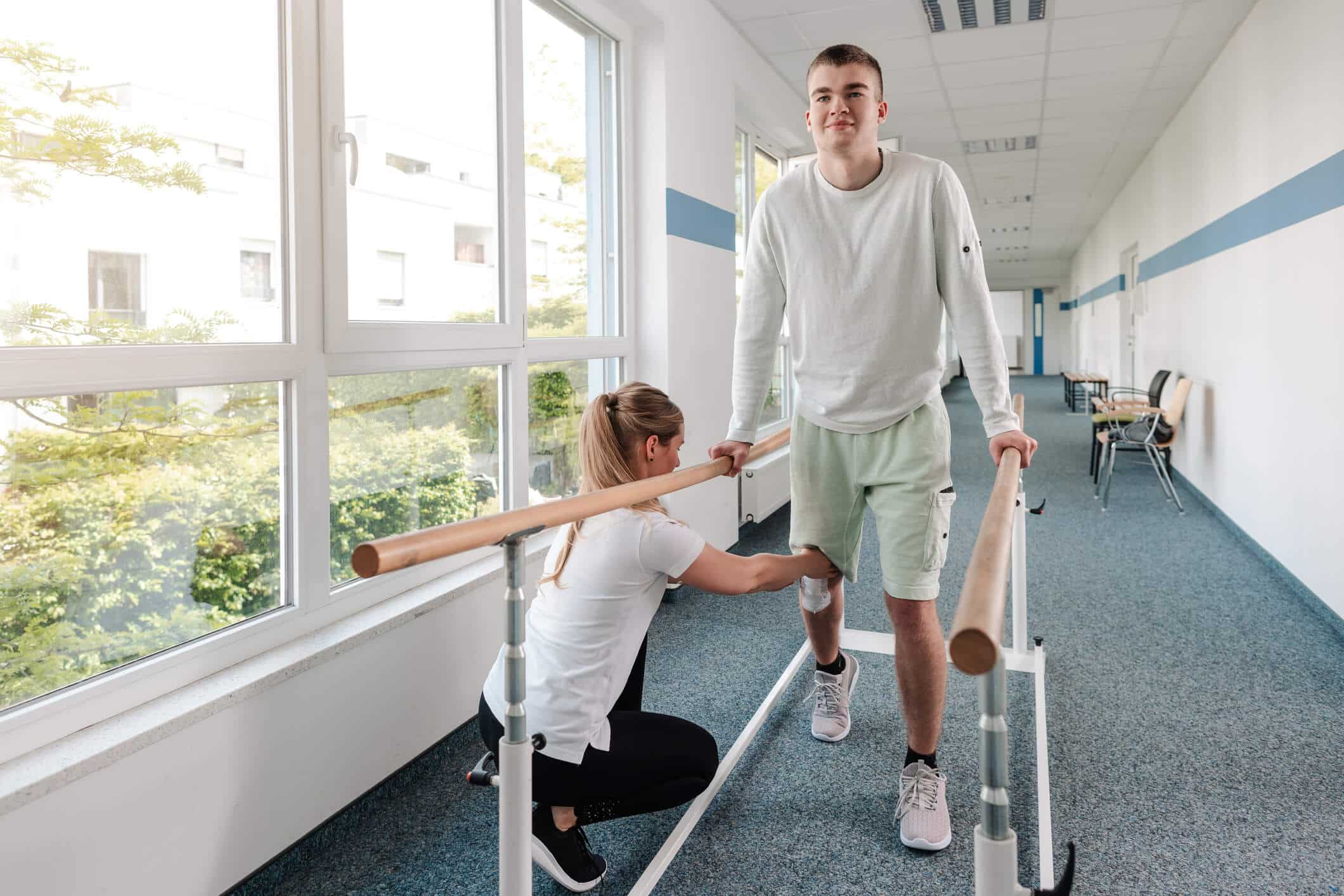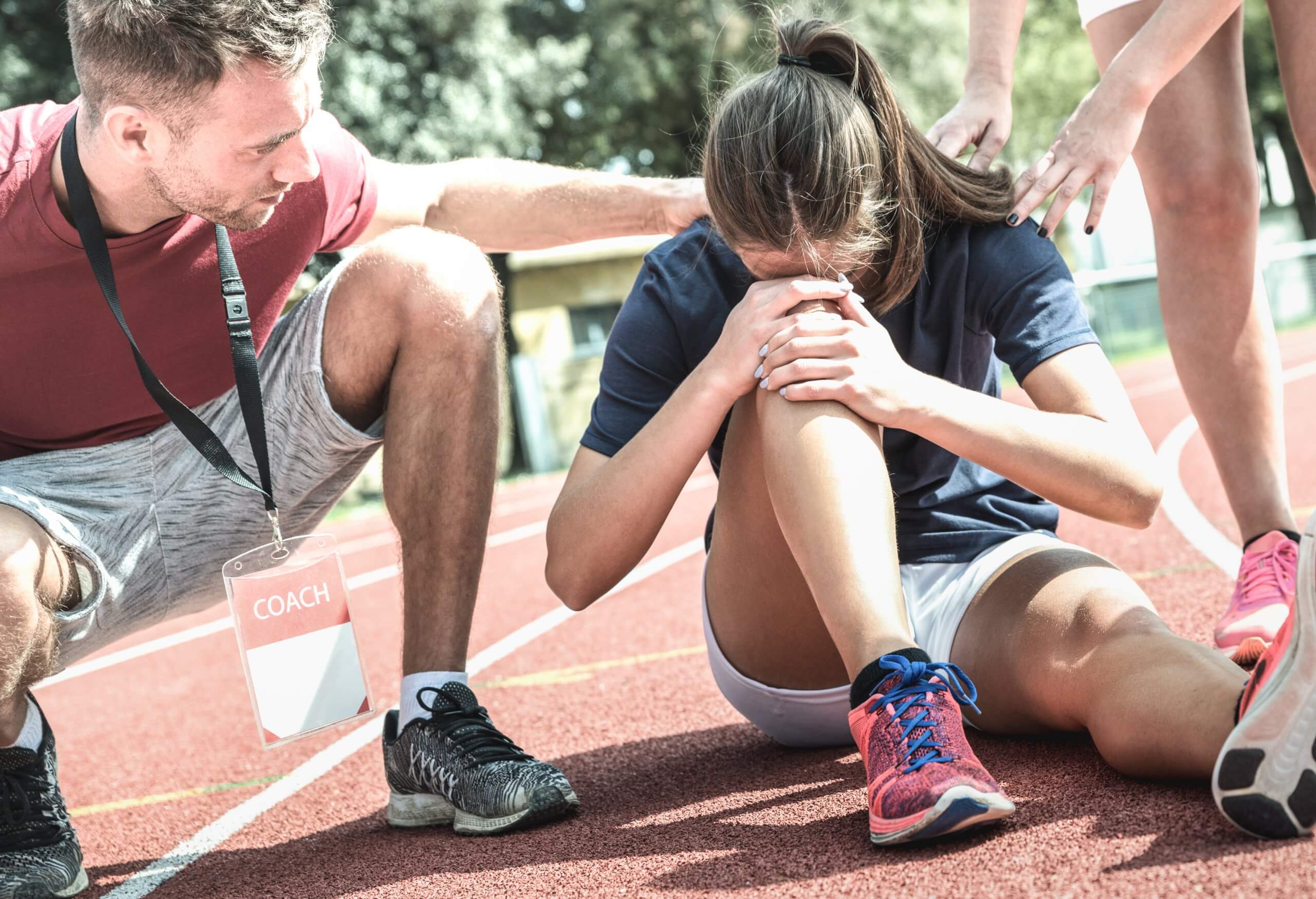Manual Therapy Techniques: 4 Important Questions About Their Role In Sports Medicine
Manual therapy has been an important part of sports medicine for most of its history. In this article, we will raise 4 important questions on the role of manual therapy techniques in sports medicine and attempt to provide useful answers. It is our hope that this article will help you come away with a greater understanding of how manual therapy plays a vital role in athlete health and performance optimization. If you are operating a sports medicine practice, this information may help you to better integrate these techniques into your practice and take patient care to the next level.
What Are Manual Therapy Techniques?
Qualified healthcare professionals administer a range of hands-on therapeutic methods that encompass manual therapy techniques. These techniques include skilled manipulation and mobilization of the body’s tissues, joints, and muscles to alleviate pain, improve function, and promote overall well-being. Typical manual therapy techniques include joint mobilization, soft tissue manipulation, and manual stretching, among others. These techniques, including joint mobilization, soft tissue manipulation, and manual stretching, address musculoskeletal issues and enhance the body’s natural healing processes.
Joint Mobilization
Specific joints are targeted for joint mobilization, whereby controlled force is applied to reduce stiffness, restore range of motion, and enhance joint function. During this technique, the therapist carefully moves the joint through its natural range of motion, applying gentle pressure and varying degrees of intensity as necessary. A joint mobilization belt can be employed to significantly increase the effectiveness of this technique.
Soft Tissue Manipulation
Soft tissue manipulation addresses the body’s soft tissues, such as muscles, tendons, ligaments, and fascia, to relieve tension, improve flexibility, and reduce pain. Therapists employ various manual techniques, such as kneading, rubbing, and using sustained pressure, to release tight muscles, eliminate scar tissue, and enhance tissue health.
Manual Stretching
Manual stretching is another component of manual therapy techniques, wherein therapists gently stretch specific muscles or groups of muscles using their hands. This technique aims to increase flexibility, improve joint mobility, and enhance overall muscle function. Manual stretching can be performed actively (with the patient’s involvement) or passively (with the therapist solely responsible for the movement). In summary, trained healthcare professionals skillfully manipulate and mobilize the body’s tissues, joints, and muscles to alleviate pain, improve mobility, and promote wellness using manual therapy techniques.
4 Important Questions On Manual Therapy Techniques
We now move on to address 4 important questions on manual therapy techniques and their role in sports medicine.
How Does Manual Therapy Contribute To Athlete Rehabilitation?
Manual therapy plays a crucial role in athlete rehabilitation by helping to improve mobility, flexibility, and overall function. This type of therapy involves the skilled manipulation of joints, soft tissues, and muscles using hands-on techniques.
One way in which manual therapy contributes to athlete rehabilitation is by reducing pain and inflammation. Athletes often suffer from injuries or conditions that result in discomfort and swelling. Through specific manual techniques such as joint mobilizations and soft tissue mobilization, therapists can help alleviate this discomfort, thereby facilitating the rehabilitation process.
Additionally, manual therapy helps restore and enhance joint motion. Injuries or repetitive strain can lead to limited range of motion, which can hinder an athlete’s performance and delay recovery. Manual therapy techniques, such as passive joint movements and stretching exercises, help restore normal joint mobility, allowing athletes to regain functional abilities and perform at their best.
Manual therapy also contributes to athlete rehabilitation by promoting tissue healing. By targeting specific areas of injury or dysfunction, therapists can help stimulate blood flow and oxygen delivery to the affected tissues. This increased circulation aids in the removal of metabolic waste products and the delivery of nutrients necessary for tissue repair and regeneration.
Furthermore, manual therapy techniques can improve neuromuscular control and proprioception. Athletes rely heavily on their ability to control and coordinate their movements. Through manual therapy, therapists can target specific muscle groups and neuromuscular pathways, helping to restore proper muscle activation and improve overall movement patterns. This translates to improved athletic performance and reduced risk of re-injury.
In summary, manual therapy plays a significant role in athlete rehabilitation by reducing pain and inflammation, restoring joint motion, promoting tissue healing, and improving neuromuscular control. By combining these benefits, manual therapy helps athletes recover from injuries, regain function, and achieve optimal performance levels.
How Does Manual Therapy Help To Optimize Athlete Performance?

Manual therapy techniques play a crucial role in optimizing athlete performance by utilizing hands-on techniques to assess and treat musculoskeletal injuries or dysfunctions. This therapeutic approach aims to restore optimum body function, mobility, and strength, resulting in improved athletic performance.
One way manual therapy optimizes athlete performance is by addressing the underlying causes of pain or discomfort. Skilled therapists use various manual techniques such as soft tissue manipulation, joint mobilizations, and stretching exercises to target the affected areas. By alleviating pain and restoring normal range of motion, athletes can perform their activities with increased comfort and efficiency.
Furthermore, manual therapy helps athletes recover from injuries more rapidly. When an athlete sustains an injury, whether it be sprains, strains, or muscle imbalances, manual therapy can aid in accelerating the healing process. Therapists employ techniques that promote blood circulation, reduce inflammation, and enhance tissue repair. By providing prompt and effective treatment, manual therapy enables athletes to return to their training or competition sooner with reduced risk of re-injury.
In addition, optimizing joint and muscle function is also a focus of manual therapy. Through joint mobilizations and manipulations, therapists aim to restore normal joint mechanics and promote proper alignment. This improves the efficiency of movement patterns, allowing athletes to execute their tasks with improved precision and power. Similarly, soft tissue techniques, such as myofascial release (a massage technique that focuses on the myofascial tissues that wrap, connect and support muscles), target tight or restricted muscles, promoting flexibility and enhancing muscle strength and endurance. These improvements in joint and muscle function translate to enhanced performance in terms of speed, agility, and overall athletic capabilities.
Moreover, manual therapy techniques contribute to injury prevention and assist in improving an athlete’s overall performance. Therapists assess joint and muscle function, identify imbalances or weaknesses, and develop tailored exercise programs that target these areas. By implementing specific strengthening and conditioning exercises, manual therapy helps athletes develop the necessary strength, stability, and coordination to minimize the risk of future injuries. Additionally, therapists provide education regarding proper body mechanics and movement patterns, which further assists athletes in optimizing their performance and preventing overuse injuries or avoiding the use of incorrect biomechanics.
Overall, manual therapy is a vital component in optimizing athlete performance. Through its various techniques, this therapeutic approach aims to restore normal bodily function, expedite injury recovery, improve joint and muscle function, and prevent future injuries. By integrating manual therapy into their training regimens, athletes can experience enhanced performance, reduced pain or discomfort and greater longevity in their athletic careers.
What Types Of Injuries Are Most Effectively Treated Using Manual Therapy?
Manual therapy is commonly utilized in the medical field to effectively treat a variety of injuries. This treatment method, employing hands-on techniques, proves particularly beneficial for specific types of injuries.
Firstly, musculoskeletal injuries, such as sprains, strains, or tendonitis, are effectively managed through manual therapy. Expert therapists employ specific manual techniques to manipulate joints, muscles, tendons, and ligaments, reducing pain and restoring functionality. By targeting these affected areas, manual therapy techniques assist in releasing tension and promoting proper alignment, aiding in the healing process.
Secondly, spinal injuries, including herniated discs or compressed nerves, are also optimally treated using manual therapy. Skilled therapists apply controlled force and gentle stretching to the spine, alleviating pressure and promoting spinal mobility. This approach helps in relieving pain, reducing inflammation, and restoring optimal function to the spine.
Furthermore, manual therapy techniques are observed to be particularly effective in managing joint-related injuries. Conditions like osteoarthritis or joint dislocations benefit from these techniques, as therapists mobilize the affected joint to enhance range of motion, reduce stiffness, and mitigate pain. With precise manipulations and mobilizations, manual therapy aids in promoting joint healing and restoring joint functionality.
Lastly, soft tissue injuries, such as muscle strains or ligament sprains, respond well to manual therapy. Therapists employ various techniques like friction massage or myofascial release to target specific soft tissue areas. These techniques help increase blood circulation, hasten the healing process, and reduce scar tissue formation, resulting in improved pain relief and enhanced tissue recovery.
In conclusion, manual therapy is particularly effective in managing musculoskeletal injuries, spinal injuries, joint-related injuries, and soft tissue injuries. Employing hands-on techniques, therapists carefully manipulate affected areas, promoting alignment, reducing pain, and enhancing the healing process. The targeted approach and therapeutic benefits make manual therapy an essential treatment modality for a wide range of injuries.

Do Manual Therapy Techniques Rely On The Use Of Any Specialized Equipment?
Manual therapy techniques typically require the use of specialized equipment to effectively carry out the treatment. These techniques, which aim to manipulate and mobilize soft tissues and joints, often utilize various tools and apparatuses designed specifically for manual therapy.
Examples of such equipment may include massage tables, treatment chairs, exercise (or fitness) balls, resistance bands, and percussion devices. Additionally, therapists may employ props like pillows, bolsters, or wedges to support and position the patient during treatment. These specialized instruments and aids contribute to the effectiveness and efficiency of manual therapy techniques, ensuring optimal outcomes for the recipients.
Conclusion
In this article, we have described the key types of manual therapy techniques and the answered 4 key questions relating to their use in sports medicine. It is our hope that this information will be valuable to those contemplating the greater use of manual therapy techniques in their sports medicine clinics.
If you have any questions or comments on the contents of this article, we encourage you to leave them in the space provided below.

